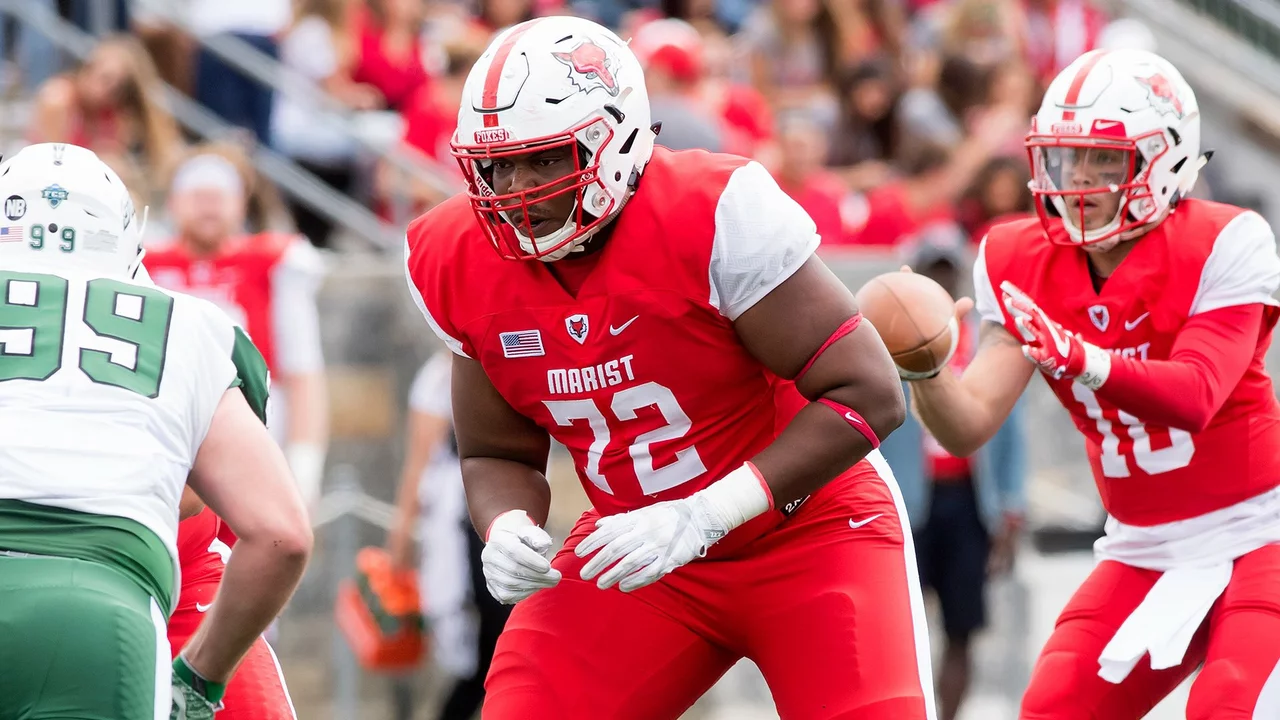Division in Sports: How Leagues, Teams, and Championships Interact
When working with division, a grouping of teams that structures competition within a sport. Also known as league tier, it balances skill levels, creates local rivalries, and determines playoff pathways, you instantly see why it matters. A league, the overall organization that houses multiple divisions relies on those divisions to schedule matches, allocate broadcast slots, and keep fan interest high. Each team, the individual club or franchise competing in games lives inside a division, meaning its win‑loss record directly affects its chance to qualify for the championship, the final tournament or series that crowns the season’s best. In short, the division is the bridge linking everyday league play to the high‑stakes championship hunt.
Why Divisions Matter Across Every Sport
Every major sport uses the division model because it creates clear, repeatable pathways for competition. In football, the NFL’s AFC and NFC divisions decide who gets home‑field advantage in the playoffs. In basketball, the NBA’s Eastern and Western divisions set the stage for the conference finals. Even international tournaments like the UEFA Champions League treat the group stage as a temporary division, where clubs must finish in the top two to move on to the knockout rounds. These examples show a simple rule: the structure of a division influences scheduling, travel costs, and fan engagement. When a division groups geographically close teams, rivalries intensify and ticket sales surge; when it groups teams by performance level, games stay competitive throughout the season. The result is a balanced ecosystem where leagues can nurture growth, teams can plan development, and championships stay thrilling.
What you’ll find in the collection below reflects this ecosystem. From a breakdown of how Inter Milan’s group‑stage victory reshaped their Champions League division, to a deep dive into the role of sporting directors in shaping successful league hierarchies, each article ties back to the core idea of division. Whether you’re curious about NFL practice schedules, the science behind tinted swimming goggles, or why Boston dominates its sports divisions, the posts give concrete examples of how division logic works in real‑world settings. Keep reading to see how the pieces fit together and how you can apply these insights to your favorite sport or team.
What division is Marist College football?
As a sports enthusiast, I found it interesting to delve into the specifics of Marist College football. Marist College competes in the Pioneer Football League, which is a Division I FCS (Football Championship Subdivision) conference. This means they compete at a high level, but not at the highest level of college football, which is the Football Bowl Subdivision. It's important to note that even though it's not the top tier, the competition is fierce and the level of skill is high. I was impressed by their commitment to both academics and athletics.
